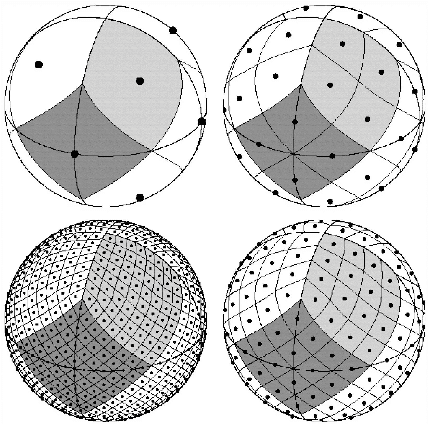Rémi Carloni Gertosio
Semi-Blind Source Separation with Learned Constraints
Sep 27, 2022



Abstract:Blind source separation (BSS) algorithms are unsupervised methods, which are the cornerstone of hyperspectral data analysis by allowing for physically meaningful data decompositions. BSS problems being ill-posed, the resolution requires efficient regularization schemes to better distinguish between the sources and yield interpretable solutions. For that purpose, we investigate a semi-supervised source separation approach in which we combine a projected alternating least-square algorithm with a learning-based regularization scheme. In this article, we focus on constraining the mixing matrix to belong to a learned manifold by making use of generative models. Altogether, we show that this allows for an innovative BSS algorithm, with improved accuracy, which provides physically interpretable solutions. The proposed method, coined sGMCA, is tested on realistic hyperspectral astrophysical data in challenging scenarios involving strong noise, highly correlated spectra and unbalanced sources. The results highlight the significant benefit of the learned prior to reduce the leakages between the sources, which allows an overall better disentanglement.
Joint deconvolution and unsupervised source separation for data on the sphere
Dec 23, 2020



Abstract:Tackling unsupervised source separation jointly with an additional inverse problem such as deconvolution is central for the analysis of multi-wavelength data. This becomes highly challenging when applied to large data sampled on the sphere such as those provided by wide-field observations in astrophysics, whose analysis requires the design of dedicated robust and yet effective algorithms. We therefore investigate a new joint deconvolution/sparse blind source separation method dedicated for data sampled on the sphere, coined SDecGMCA. It is based on a projected alternate least-squares minimization scheme, whose accuracy is proved to strongly rely on some regularization scheme in the present joint deconvolution/blind source separation setting. To this end, a regularization strategy is introduced that allows designing a new robust and effective algorithm, which is key to analyze large spherical data. Numerical experiments are carried out on toy examples and realistic astronomical data.
 Add to Chrome
Add to Chrome Add to Firefox
Add to Firefox Add to Edge
Add to Edge